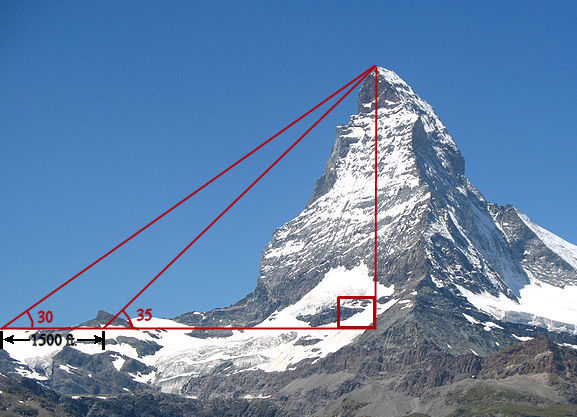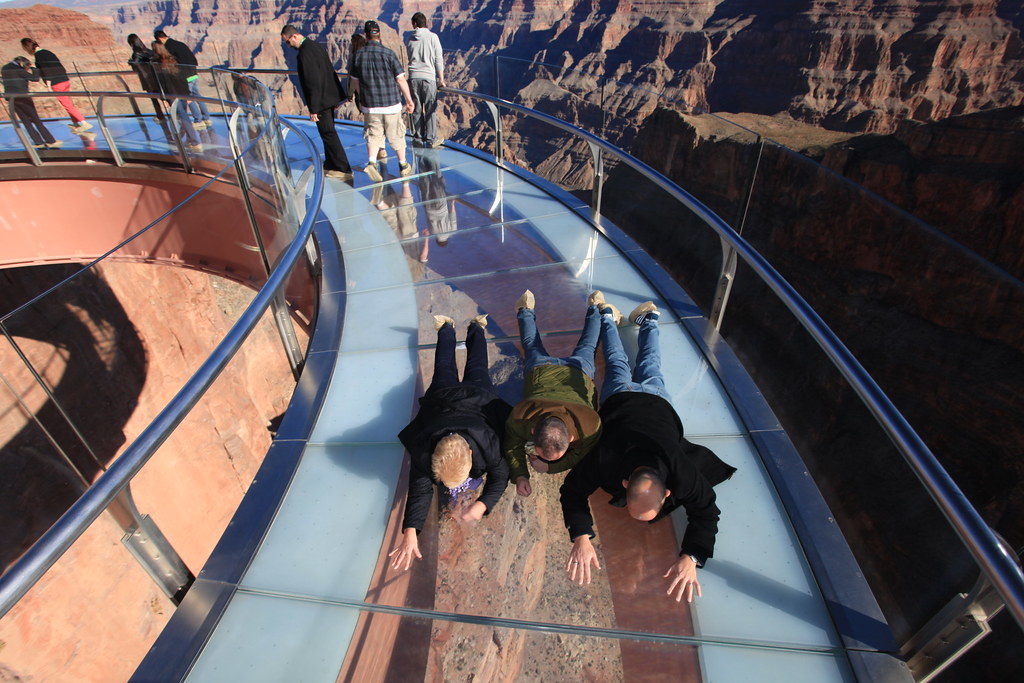Application - Trigonometry in Real Life
Trigonometry is used throughout mathematics and is linked with many other fields such as physical, natural and social sciences. Trigonometric functions are used for countless purposes in the modern world, with specific examples being engineering, oceanography, surveying, cartography, etc. It is a very widespread branch of mathematics and is very useful to us today, just as it has been throughout history. Traditionally its use was limited to such areas as astronomy or geography but its usefulness has grown tremendously as mathematical advancements have been made.
Find the Height of a Building
One of the easiest uses to pinpoint for trigonometric functions is calculating the height of tall buildings, trees, natural phenomena, etc. The basic definitions that we clarified earlier help us to recognize that distance is easily calculable with the use of these ratios. The ability to form a right triangle in almost any situation dealing with distance is a luxury; from there, all we need to know is one angle measurement and one side length to be able to determine any needed information regarding this shape we've created.

Finding the height of building and other tall edifices isn't the only practical use of these definitions. One of the earliest applications of trigonometry occurred in navigation. Using trig functions, people were able to find the distance from the shore to essentially any point out at sea. In addition, the trigonometric functions are (or were) commonly utilized in astronomy. We are able to calculate the distances between planets, moons, and other celestial phenomena using these mathematical tools.
Architecture
It is typical for trigonometric functions to be used in construction today, just as it was thousands of years ago when the pyramids were being built. Trigonometry and modern architecture go hand in hand. These mathematical laws allow us to understand much more about the world around and have led to amazing advancements and the construction of incredible works. One of these specifcally is known as the Sky Bridge which overlooks the Grand Canyon. This architectural wonder is a floating bridge, not held up by any beams or having any support from above. In order for such a creation to be stable and safe, it was necessary for its developers to be extremely precise and thorough when planning its execution. They needed to measure the amount of pressure that surrounding rocks could withstand before constructing the skywalk. To read more about this piece of architecture, click here.

Pyramids
The ancient Egyptians utilized trigonometry thousands of years ago in their planning and execution of building the great pyramids. The Rhind papyrus demonstrated their use of primitive trigonometric functions to calculate the slope of the side of the pyramid. They would use measurements to compute what was called the seqed of a pyramid, meaning the ratio (half the base)/height. This would be considered what we know call the cotangent function where cot(x)=adjacent/opposite when discussing a right triangle.

To read more about the seqed and the cotangent, follow this link.


